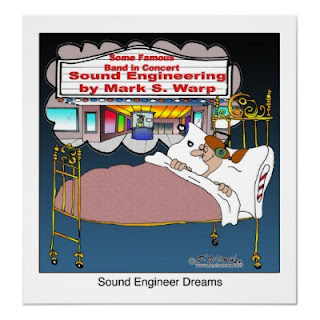 |
| Clear-Com's MS-704 Encore Partyline |
First off, the MS-704
unit has four beltpack channels.
You have two options to connect depending on the
type of camera CCUs that you have.
1) If your camera’s CCUs are Clear-Com
partyline compatible, then you can wire them in a chain into one of the MS-704
channels.
2) If the CCUs are four-wire type, then you need
an extra interface before you can connect them to the MS-704.
a. Connect
an XLR mic cable from the MS-704’s channel “A” to the IF4W4’s channel “A”.
b. Connect
an XLR mic cable from the MS-704’s channel “D” (engineering channel) to
the IF4W4’s channel “B”, “C” and “D”.
c. On the
front panel of the IF4W4, select “B to A”, “C to A” and “D to A”
d. All
cameras will participate on the master station’s main partyline channel
A. When you want to select CCU1’s intercom
to have the “D” engineering channel, switch off the “B to A” and that
allows camera 1 to be on the engineering channel. When the issue is
addressed, it can be switched back to “B to A” and rejoin the main
partyline.
These are the switches to move all the CCUs to channel "A" (main partyline).
























